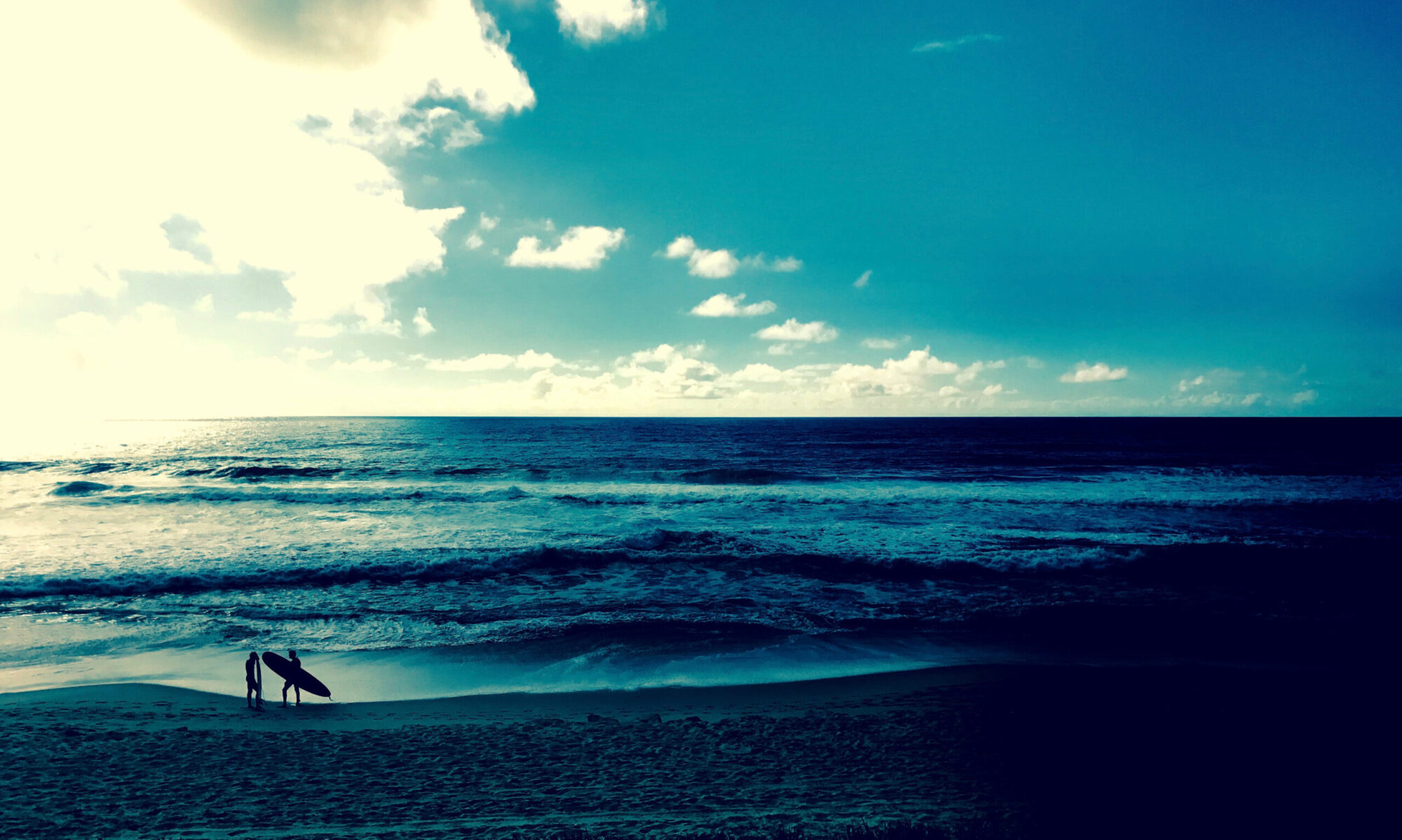Christian Bruer, 2025
The starting point for the photographic series Angels at Altitude lies in a deeply personal experience of the artist. As a frequent flyer in his professional life, he had long ignored the in-flight safety instructions – they seemed routine, secondary, almost invisible. But during one flight departing from Munich, an incident occurred that changed his perspective fundamentally: while taxiing toward the runway, his plane nearly collided with another aircraft on final approach, which was forced into a sudden go-around. When he inquired afterward, air traffic control officially denied that the event had taken place, a dismissal that only amplified the sense of unease. This key moment led the artist to a deeper exploration of the role of flight attendants in the context of aviation safety – beyond service clichés, as unseen agents at the fragile threshold between routine and rescue.
Coffee, Tea… or Your Life?
The photographic series presents a disconcerting, at once ironic and profoundly serious reinterpretation of the role of flight attendants in civil aviation. Situated between photography, archival material, and conceptual overlay, it opens an aesthetic space that renders visible both the popular clichés and the invisible realities of this profession.
While the public still tends to associate flight attendants with attributes of service, friendliness, and polished appearance – “Trolley Dolly,” “Sky Waitress,” “Coffee or Tea?” – their actual primary function often disappears from cultural view: safety. That often-invisible yet highly professional responsibility that, in critical moments, saves lives and has prevented countless disasters throughout the history of aviation.
Tension Between Image and Reality
The series confronts us with images of flight attendants performing seemingly routine safety demonstrations – gestures every passenger believes to know: fastening the life vest, positioning the oxygen mask, extending the arm toward the exit row. Yet superimposed onto these photographs are layers of data, excerpts from a flight safety database. These are documented incidents – “flight incidents” – in which happily no one was killed.
It is precisely in the combination of image and text that a paradox emerges: gestures of routine become charged with memories of real danger, danger that was ultimately averted. The practiced smile, the rehearsed movement, the standardized choreography – they suddenly stand in the light of heroic, though unheroized, action.
Photography as Reenactment
Photographically, the works are staged in a strict, almost documentary manner. The aesthetic recalls airline advertising materials, in-flight magazines, safety manuals. Yet instead of dissolving into glossy surfaces, the textual overlays introduce the sober gravity of the safety protocol.
In the photographs, these gestures appear isolated, almost sculptural. Overlaid with descriptions of real incidents, they become ciphers of agency. Each movement – nearly invisible in the everyday rhythm of the cabin – is monumentalized. A visual vocabulary of safety emerges, a dance of preparedness that, in the moment of crisis, becomes a dance of rescue.
Here, the visual language of fashion and commercial photography merges with the cool neutrality of the archive. The flight attendant becomes a projection surface: at once icon, guardian, ironic quotation of a pop-cultural cliché. The exhibition does not depict heroes in the classical sense, but professionals whose routines determine the boundary between life and death.
Archive and Presence
Particularly striking is the use of flight safety data. These derive from real incidents that ended without fatalities – incidents in which lives were spared because cabin crew acted, responded, saved. Thus the archive, usually relegated to the shadows of statistics, is transposed into the realm of art.
It is not disasters that are narrated here, but the prevented disasters. A reversal in narration: the exhibition shifts our gaze to the invisible, to the many times when nothing happened – precisely because people did what they were trained to do.
The exhibition composes a new narrative: Flight attendants are not servers, they are saviors.
All images and texts © Christian Bruer. Use, modification (including by AI), or reproduction of any kind (digital, print, etc.) is strictly prohibited without written permission.
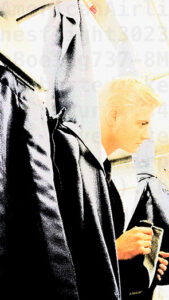
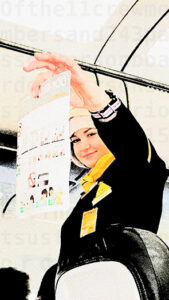
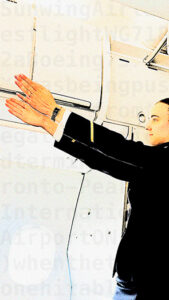
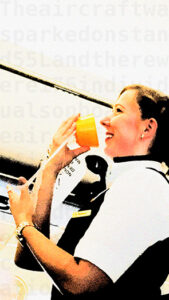
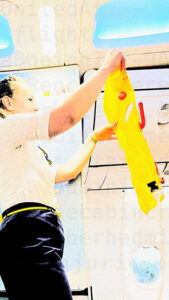

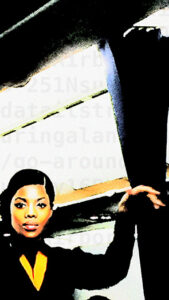
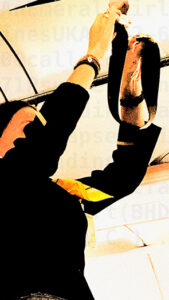

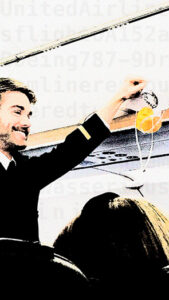
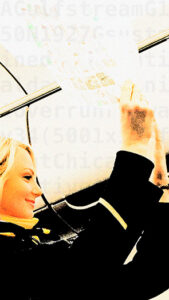

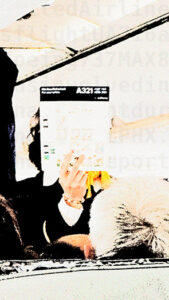
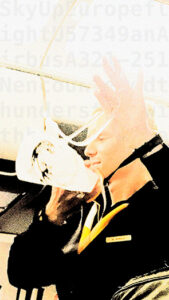
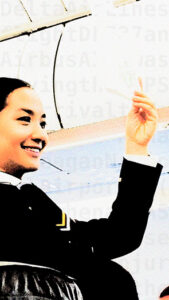

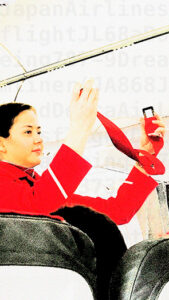


To protect personal rights, the faces of the depicted flight attendants were altered using AI-based image editing in such way that it is impossible to draw conclusions about their identities. The facial expressions themselves remained unchanged.
